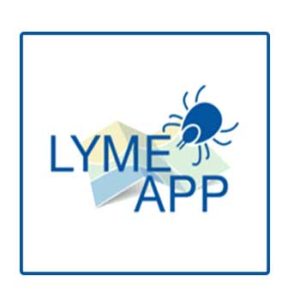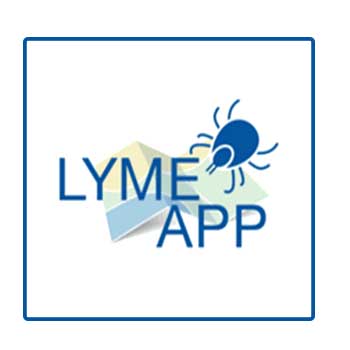 BASC is fully supportive of ‘LymeApp’ – a new app that will provide a unique mapping tool to further understand the distribution of Lyme disease, while also increasing awareness and providing the latest medical advice.
BASC is fully supportive of ‘LymeApp’ – a new app that will provide a unique mapping tool to further understand the distribution of Lyme disease, while also increasing awareness and providing the latest medical advice.
Following evidence showing that incidences of Lyme disease are increasing in the UK – largely from tick bites – the app has been developed using satellite imagery, spatial modelling and citizen science.
The disease is known to be notoriously difficult to diagnose but, by boosting awareness and providing medical advice, the app will be a useful addition to the help already available.
BASC is supporting the project through consultation on the app’s user-interface and will promote the app across our membership.
Ross Ewing, BASC’s political and press officer in Scotland, said: “LymeApp will help ensure people take the necessary precautions to reduce their risk of catching Lyme disease when venturing into the field.
“This will be of particular benefit to gamekeepers and deer stalkers who spend a great deal of time in environments where exposure to ticks and the risk of tick bite is high.
“The app will also provide the most up to date advice on how to recognise symptoms of Lyme disease.”
- LymeApp is a collaborative £1.1 million project between the European Space Agency, Scotland’s Rural College, Avia GIS, Environmental Research Group Oxford and NHS Highland.
- There are around 3,000 cases of Lyme disease reported each year in the UK
- Lyme disease – also known as Lyme borreliosis – is an infection that can be spread to humans by ticks carrying the Borrelia burgdorferi bacteria.
